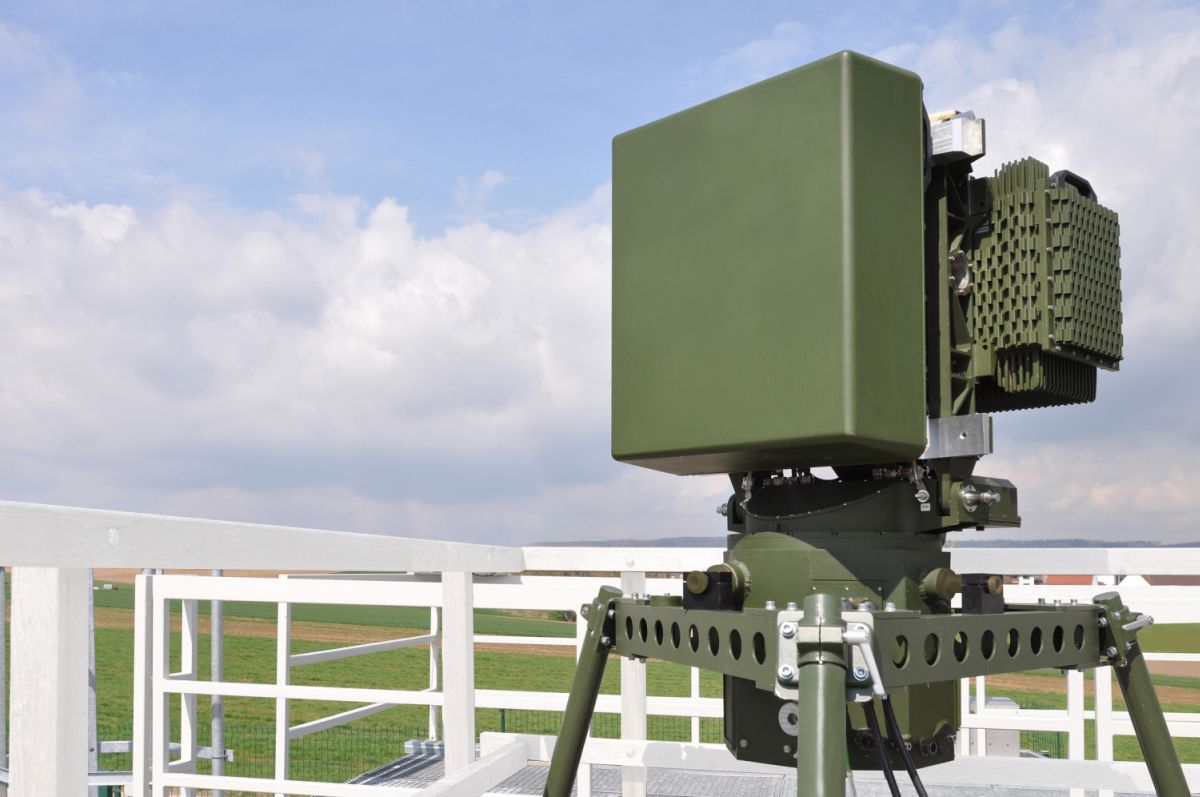WASHINGTON — One year after a tragic shooting spree left 13 people dead and 32 more injured at Fort Hood, Texas, the military is working at every level to apply lessons learned to protect the force against an increasingly complex threat, an Army force-protection official told American Forces Press Service.
The Fort Hood incident forced the military to evaluate, “not just the tactical-level response that happened at Fort Hood specifically, but also the processes and systems and policies that were in place for the Department of Defense as a whole that could have led to what happened,” said Mary “Chris” Frels, deputy provost marshal for U.S. Army North. As U.S. Northern Command’s Army component, Army North has responsibility for force protection at Fort Hood and all other Army installations in the U.S. homeland.
Frels cited solid departmentwide progress in fixing shortcomings identified in several investigations and reviews following the Nov. 5, 2009, incident. These include findings of an independent panel Defense Secretary Robert M. Gates appointed to study the issues and recommendations in their 86-page report issued in January.
The military has improved its ability to identify internal threats – something she said it hadn’t focused on before what many soldiers now refer to as “5/11” – and to report information up the chain of command and through the law enforcement community in a timely, less-stovepiped manner, Frels said.
Before the incident, the Army and its sister services concentrated their force-protection efforts predominantly on external threats: outsiders trying to target military members or assets or infiltrate military installations, she said.
But the alleged Fort Hood perpetrator, Army Maj. Nidal Halik Hasan, was a soldier himself. That, Frels said, forced the military to re-evaluate its entire risk assessment process to encompass internal as well as external threats.
“This changes the dynamic of the entire threat picture, and how you go about addressing it,” she said. “It truly shed light on the threat we face today. The threat right now is very complex and, quite frankly, it’s not clean.”
A broad range of initiatives has been put in place, from the policy level down to the operational and tactical level, to improve force protection in light of this threat and tighten gaps in personnel policies, emergency response and mass-casualty preparedness, Frels reported. “We are moving out on this at every level,” she said.
“A lot of information has been put out to the field – lessons learned, things intended to get everybody’s head in the game in terms of what to look for and what to report,” Frels said.
Meanwhile, new efforts are ensuring these reports get shared among the appropriate law-enforcement organizations.
Based on one recommendation from the independent panel, Gates ordered a complete deployment of the Law Enforcement Defense Data Exchange System that will allow all the department’s law enforcement entities to share criminal investigation and other law enforcement data.
He also ordered an immediate expansion of an “eGuardian” pilot program throughout the department to promote information sharing. The FBI-run force-protection threat reporting system is designed to track suspicious activity reports.
Frels said this initiative will promote greater situational awareness and with it, better force protection, particularly at some of the military’s most vulnerable locations, such as recruiting stations.
She cited other steps to help DOD ally more closely with the FBI, the lead agency in responsibility for terrorism within the United States. For example, a newly updated memorandum of understanding will enable more military criminal investigative agents to embed with the FBI.
“Our relationship with the FBI is extremely important to ensure we get the information we need to adequately protect ourselves,” Frels said.
Meanwhile, Army first responders are forging closer ties with their counterparts in the communities just outside their installations’ gates to ensure they’re prepared should an incident occur.
Frels credited groundwork with neighboring communities that already had been laid by Fort Hood officials with providing the prompt response that saved lives during the shooting rampage.
“This has highlighted the absolute requirement for memoranda of understanding and agreements with civilian communities, because, in the United States, our military installations and facilities are not the first line of defense,” she said. “The civilian law enforcement community is.”
A close relationship with local law enforcement agencies is vital, Frels said. “We have to be fully integrated in terms of communications, common operating pictures and [ensuring] MOUs are in place” in the event that the military installation’s capabilities are exceeded, she explained. She noted that the military also can lend first-responder capability to the civilian community when needed.
Since the Fort Hood incident, the services also are moving out on Gates’ call for stronger DOD antiterrorism training programs that incorporate best practices learned by the Department of Homeland Security.
As one example, the military has stepped up “active shooter training” to ensure its law enforcement personnel know exactly how to react to an attack in progress, Frels reported. Additional training is being offered to the military community at large so people know how to protect themselves in a crisis and what kind of information they can provide to assist first responders.
Frels emphasized the need for vigilance in maintaining force protection. “The threats we are facing here are for the long term,” she said. “So you have to keep at it. You have to keep focused, and you have to try to address and fix the things you can.”
Ultimately, she said, there’s no simple answer for protecting the force and preventing another incident like the Fort Hood shooting.
“No one solution is going to address adequately how we protect our soldiers and our family members and our citizens,” she said. “It is going to take a constant reassessment of exactly what we are up against, and what we think is the best way to mitigate it.”
Source:
U.S. Department of Defense
Office of the Assistant Secretary of Defense (Public Affairs)

 von
von 